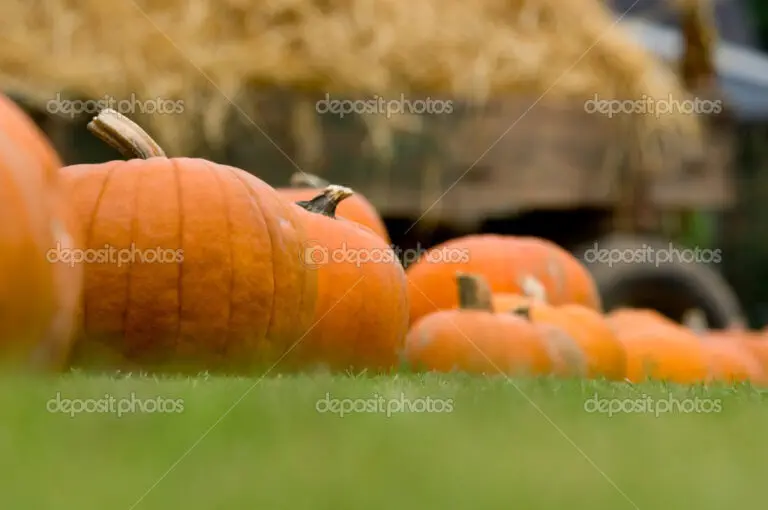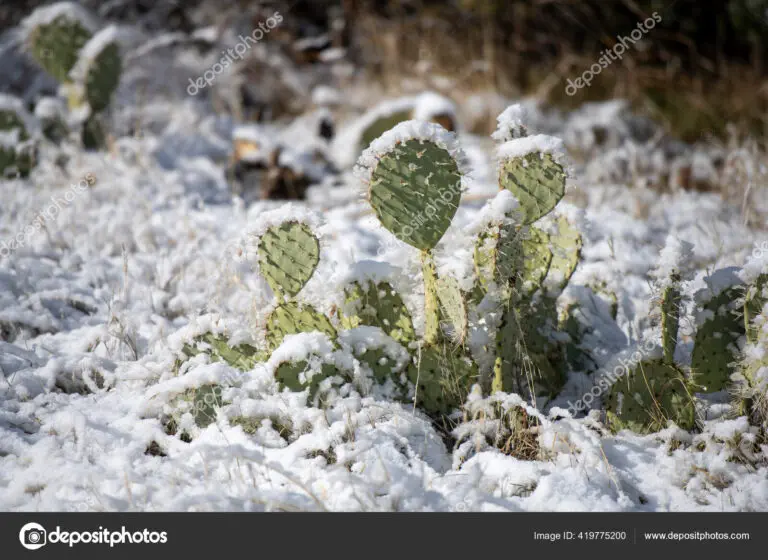How to replace natural grass with artificial grass
Replacing your grass with artificial turf is a significant landscaping project, but it can be a relatively straightforward process if you follow these general steps:
DIY Steps to Replace Natural Grass & Install Artificial Turf
Evaluate the Area
First, you need to determine the size of the area that needs artificial turf. This includes calculating the square footage of the space and assessing its accessibility.
Preparation
Make arrangements for the disposal of the natural grass or other demolition needed. Local dumpster companies need to be scheduled in advance. Also make sure you have all of the tools ready for the job and your materials are on site.
Remove Existing Grass
You will need to remove the existing grass, weeds, and any other debris from the area to be covered with artificial turf. Depending on the size of the area, you can use a pick, a sod cutter or other equipment.
Level the Ground
The area should be leveled so that there are no lumps, bumps, or uneven surfaces. Use a rake or shovel to remove any rocks or debris and ensure the surface is smooth.
Lay the Base Material
Install a layer of crushed rock, road base, or decomposed granite over the weed barrier. Compact the base material with a plate compactor to ensure a solid, stable foundation.
Install a Weed Barrier
A weed barrier will help to prevent weeds from growing up through the turf. You can use a layer of geotextile fabric or weed barrier to cover the entire area.
Install the Turf
Measure and cut the artificial grass for the area to be installed. Roll out the artificial turf on top of the base material and line up pieces to be installed. Make sure the turf is cut to the right size and shape.
*Care must be taken in cutting the artificial grass to ensure proper alignment of seams and cuts along the perimeter for best results.
Securing the Artificial Turf
Start by lining up and securing the areas that need to be seamed first. Install nails every 2 inches. Stretch turf away from the seam and the turf should be taut, but not too tight, and it should be secured at the edges every 4 inches.
Infill the Turf
Infill is a material that is added to the surface of the turf to provide ballast and support. You can use a combination of sand and rubber pellets or a specialized infill designed for your specific turf. Artificial Grass will generally need 2-3 lbs of infill.
Brush and Clean the Turf
Once the infill is installed, use a stiff bristled broom to brush the turf in different directions to make the blades stand upright. Clean the turf by removing any debris or dust.
*A power broom is a power tool that will be much more effective for installation of the infill. If you don’t own one you can rent a power broom at your local tool rental store.
Following these steps will help you replace your grass with artificial turf and enjoy a low maintenance, beautiful landscape all year round. It is important to note that specific installation steps may vary depending on the type of turf you select and the manufacturer’s instructions.






